Turnip Harvest Plan: Your Guide to a Bountiful Turnip Crop
I’ve always loved the satisfying crunch of a freshly harvested turnip, and nothing beats the flavor of homegrown vegetables. That’s why I’m so excited to share my Turnip Harvest Plan with you! This isn’t just another gardening article; it’s your roadmap to a successful turnip harvest, packed with easy-to-follow DIY tricks and hacks that will transform your gardening experience.
Historically, turnips have played a significant role in various cultures, providing a crucial source of nutrition, especially during harsh winters. From ancient civilizations to modern-day kitchens, the humble turnip has earned its place as a versatile and delicious root vegetable. But growing your own can sometimes feel daunting. That’s where my Turnip Harvest Plan comes in.
Why You Need This Plan
This DIY guide isn’t just about planting seeds; it’s about maximizing your yield and enjoying the process. Whether you’re a seasoned gardener or just starting out, you’ll find practical advice and clever techniques to help you overcome common challenges. We’ll cover everything from seed selection and soil preparation to pest control and harvesting, ensuring you get the most out of your turnip patch. Learning how to create your own Turnip Harvest Plan empowers you to control the quality and freshness of your food, leading to healthier and more flavorful meals.
So, let’s get started on your journey to a bountiful harvest! Get ready to roll up your sleeves, get your hands dirty, and experience the immense satisfaction of growing your own delicious turnips.
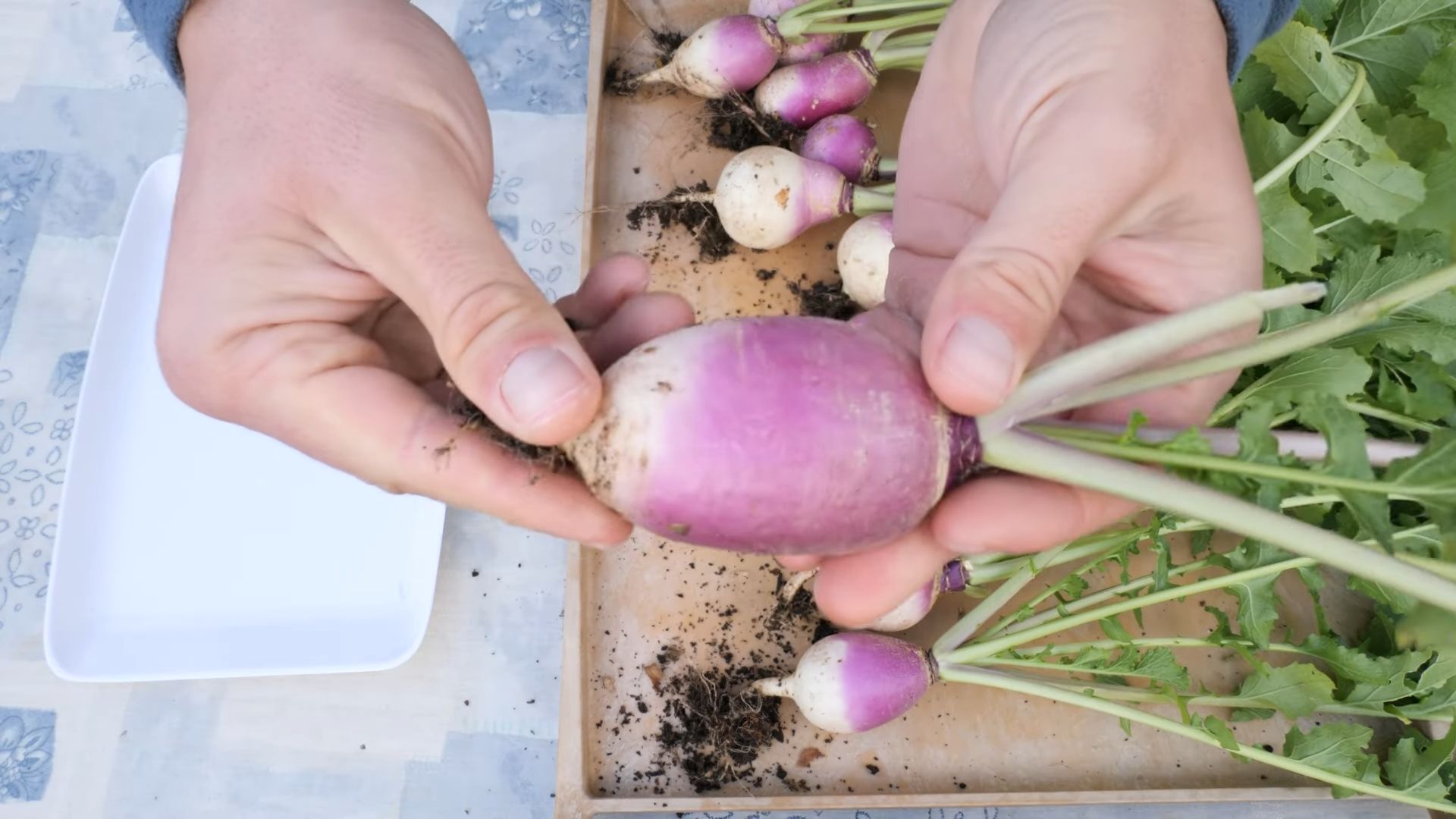
My Epic Turnip Harvest Plan: A DIY Guide
I love turnips! There’s something so satisfying about pulling a perfectly formed turnip from the earth. But getting a good harvest takes planning. This is my foolproof plan, from seed to delicious roasted turnip.
Phase 1: Planning and Preparation
- Choose your turnip variety: Research different turnip varieties. Some are better for storage, others for immediate consumption. Consider the size you want and the growing season in your area. I personally love the White Lady variety for its sweet flavor and ease of growth.
- Select your planting location: Turnips need full sun (at least 6 hours a day) and well-drained soil. Poor drainage leads to rotting. Amend heavy clay soil with compost to improve drainage. I usually choose a spot in my garden that previously held legumes or other non-cruciferous vegetables.
- Prepare the soil: Till or loosen the soil to a depth of about 12 inches. Remove any rocks or debris. Incorporate plenty of compost or aged manure to enrich the soil and improve its structure. A soil test can help determine if you need to add any specific nutrients.
- Gather your supplies: You’ll need turnip seeds, a garden trowel or hand cultivator, a watering can, and possibly some row covers (if you live in a colder climate or anticipate late frosts).
Phase 2: Sowing the Seeds
- Timing is key: Sow turnip seeds directly outdoors about 4-6 weeks before the first expected frost in the fall (for a fall harvest) or in early spring (for a spring harvest). Check your local frost dates to determine the best planting time. I usually plant mine in late August for a fall harvest.
- Planting depth and spacing: Sow seeds about ½ inch deep and 1-2 inches apart. You can sow them in rows or broadcast them (scattering them evenly over the area). I prefer rows for easier weeding and thinning.
- Watering: Gently water the seeds after sowing, keeping the soil consistently moist but not soggy. Use a gentle spray to avoid washing away the seeds.
- Thinning: Once the seedlings have a few true leaves (after the first set of cotyledons), thin them to 2-4 inches apart. This gives each plant enough space to grow. Don’t pull the seedlings out; instead, gently snip them off at the soil level to avoid disturbing the roots of the remaining plants. I usually do this in two stages, thinning once when they are small and again a few weeks later.
Phase 3: Ongoing Care
- Weeding: Regularly weed around your turnip plants to prevent competition for water and nutrients. Keep the area free of weeds, especially during the early stages of growth.
- Watering: Water regularly, especially during dry periods. Aim for consistent moisture, avoiding both drought and waterlogging. A deep watering once or twice a week is generally better than frequent shallow waterings.
- Pest and disease control: Monitor your plants for pests like flea beetles and aphids. Use organic pest control methods if necessary, such as insecticidal soap or neem oil. Good air circulation can help prevent fungal diseases.
- Fertilizing: While turnips aren’t heavy feeders, a light application of balanced fertilizer can boost growth. I usually side-dress my plants with compost tea about a month after planting.
Phase 4: Harvesting
- Harvesting timing: Turnips are ready for harvest when they reach the desired size, usually 2-3 inches in diameter. You can harvest them earlier for smaller turnips, which are often more tender. I usually start harvesting about 6-8 weeks after sowing.
- Harvesting method: Gently loosen the soil around the turnip with a trowel or garden fork. Lift the turnip carefully, avoiding damage to the roots. If the roots are long and stringy, you can trim them with a knife.
- Cleaning and storage: Brush off any excess soil. For immediate use, you can store them in the refrigerator for a few days. For longer storage, trim the tops and roots, and store them in a cool, dark, and well-ventilated place. I usually store mine in a root cellar or in a cool, dry area of my basement.
- Enjoying your harvest: Turnips can be roasted, boiled, mashed, or added to soups and stews. They’re a versatile and delicious root vegetable! I love roasting them with a little olive oil, salt, and pepper.
Phase 5: Troubleshooting
Common Turnip Problems and Solutions
- Bolting: If your turnips go to seed prematurely (bolting), it’s usually due to hot weather or long days. Choose a variety suited to your climate and plant them at the right time of year.
- Pests: Flea beetles can cause significant damage. Use row covers to protect young seedlings, or apply insecticidal soap or neem oil as needed.
- Diseases: Fungal diseases can occur in wet conditions. Ensure good air circulation and avoid overhead watering.
- Poor growth: If your turnips are small or stunted, it could be due to poor soil, lack of water, or nutrient deficiencies. Amend the soil with compost, water regularly, and consider a light fertilization.
Remember to always check your local gardening resources for specific advice tailored to your region and climate. Happy harvesting!
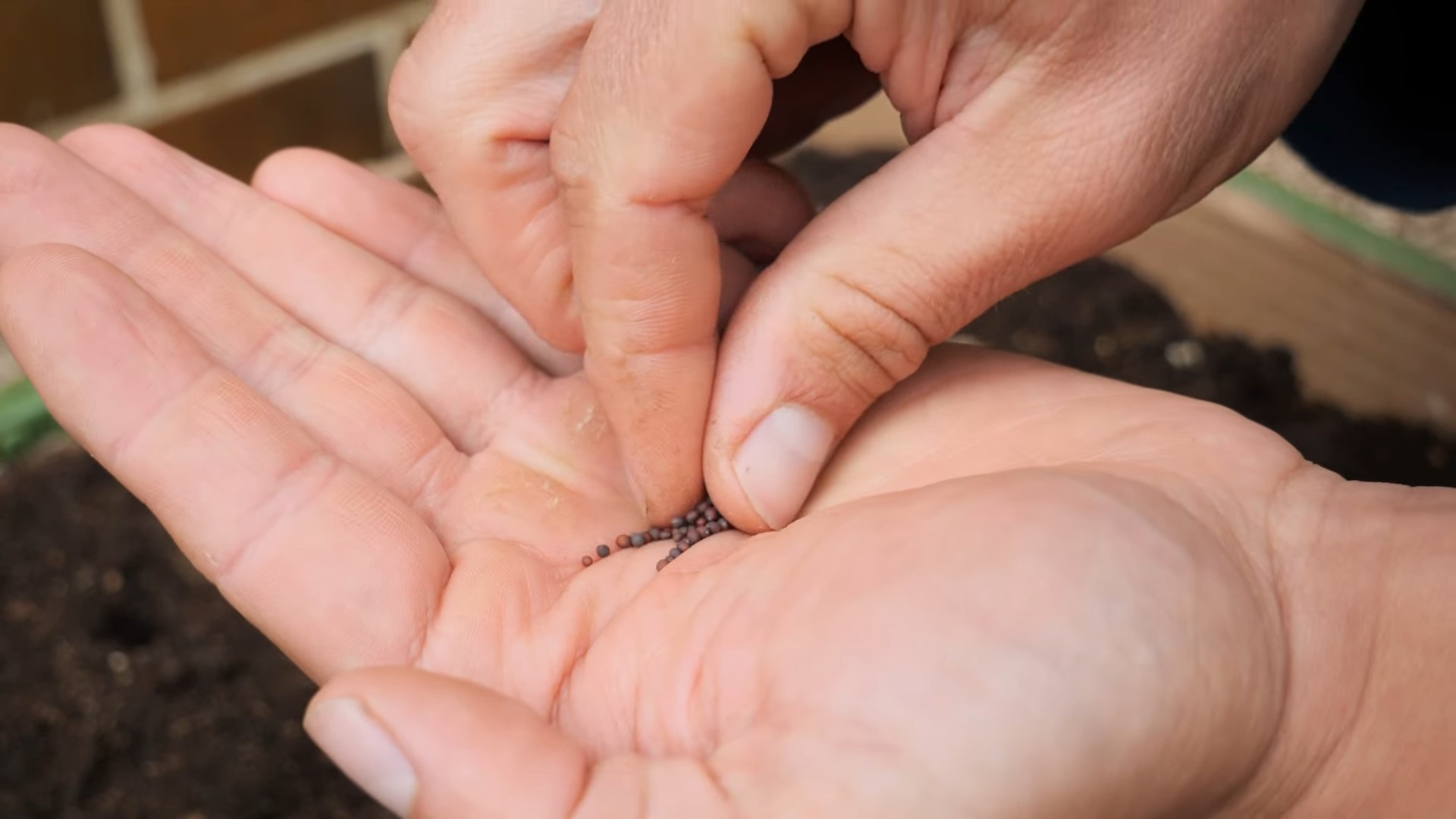
Conclusion
This Turnip Harvest Plan isn’t just another gardening guide; it’s your key to unlocking a bountiful harvest of sweet, tender turnips. By following these simple steps, you’ll be amazed at the ease and efficiency of maximizing your turnip yield. This DIY approach eliminates the guesswork and frustration often associated with unpredictable harvests, providing you with a structured system for success. The meticulous planning involved, from seed selection to optimal spacing, ensures healthy growth and minimizes common turnip growing challenges. This method is perfect for both seasoned gardeners looking to refine their techniques and beginners eager to experience the joy of homegrown vegetables. The satisfaction of harvesting your own plump, flavorful turnips is unparalleled, and this plan makes that dream a reality. You’ll not only enjoy the delicious taste of fresh, homegrown turnips but also the immense pride in nurturing them from seed to plate. This Turnip Harvest Plan empowers you to take control of your garden and reap the rewards of a truly rewarding harvest. Beyond the deliciousness, consider the environmental benefits – reducing your carbon footprint by growing your own food.
Beyond the core plan, there are numerous ways to personalize your approach. Experiment with different turnip varieties to discover your favorites. Consider companion planting, incorporating herbs like thyme or rosemary near your turnips to deter pests and enhance flavor. If space is limited, explore vertical gardening techniques or container gardening to maximize your yield within a smaller area. For those with particularly challenging soil conditions, amending your soil with compost or other organic matter before planting will significantly improve drainage and nutrient content, leading to healthier turnips. Don’t be afraid to adapt the plan to your specific climate and growing conditions. Observe your plants closely and adjust your watering schedule as needed, ensuring the soil remains consistently moist but not waterlogged. Remember, the beauty of this plan lies in its adaptability; it’s a framework you can customize to suit your individual needs and preferences. The possibilities are endless! So, gather your seeds, prepare your soil, and embark on this rewarding gardening journey.
We strongly encourage you to try this Turnip Harvest Plan and share your experiences with us! We’d love to hear about your successes, your challenges, and any innovative tweaks you’ve implemented. Share your photos of your thriving turnip patch and your delicious turnip creations on social media using #TurnipHarvestPlan. Let’s build a community of turnip enthusiasts, sharing knowledge and celebrating the joy of homegrown goodness. Your feedback is invaluable in helping us refine and improve this plan for future gardeners. Don’t hesitate to reach out with any questions or comments; we’re here to support you every step of the way. Remember, gardening is a journey, not a race. Enjoy the process, celebrate your successes, and learn from any setbacks. With this Turnip Harvest Plan as your guide, you’re well on your way to a truly bountiful and rewarding harvest.
Frequently Asked Questions
What type of soil is best for growing turnips?
Turnips thrive in loose, well-drained soil that is rich in organic matter. Avoid heavy clay soils that retain too much water, as this can lead to root rot. Sandy loam is ideal, but you can amend heavier soils with compost or other organic materials to improve drainage and aeration. A slightly acidic to neutral pH (6.0-7.0) is optimal.
When is the best time to plant turnips?
The best time to plant turnips depends on your climate. In cooler climates, you can sow seeds in early spring or late summer/early fall for a fall harvest. In warmer climates, plant in the fall or winter for a spring harvest. Turnips prefer cool weather and will bolt (go to seed) in hot temperatures.
How far apart should I space my turnip seeds?
Space turnip seeds about 1/2 inch apart, and thin seedlings to 2-4 inches apart once they have a few true leaves. This ensures adequate space for each turnip to develop fully. Overcrowding can lead to smaller, less developed turnips.
How often should I water my turnips?
Water your turnips regularly, keeping the soil consistently moist but not waterlogged. The frequency of watering will depend on your climate and soil conditions. Aim for about 1 inch of water per week, either through rainfall or supplemental irrigation. During hot, dry periods, you may need to water more frequently.
What are some common turnip pests and diseases?
Common turnip pests include flea beetles, aphids, and cabbage worms. Diseases include root rot, black rot, and white rust. Regularly inspect your plants for signs of pests or diseases and take appropriate action, such as using insecticidal soap or neem oil for pests, or removing and destroying infected plants to prevent the spread of disease. Maintaining good soil drainage and avoiding overhead watering can help prevent many diseases.
Can I save turnip seeds from my harvest?
While you can technically save turnip seeds, it’s generally not recommended for home gardeners. Turnips are often hybrids, meaning the seeds from your harvest may not produce plants with the same characteristics as the parent plant. It’s easier and more reliable to purchase fresh seeds from a reputable supplier each year.
What are some creative ways to use my harvest?
Turnips are incredibly versatile! Beyond the classic mashed turnips, you can roast them, sauté them, add them to soups and stews, or even pickle them. Their mild, slightly sweet flavor pairs well with many other ingredients. Get creative and experiment with different recipes to discover your favorite ways to enjoy your homegrown turnips. Consider using the greens as well – they are delicious sautéed or added to salads.
What should I do if my turnips are not growing well?
If your turnips are not growing well, consider the following factors: soil conditions (drainage, nutrient levels), watering frequency, spacing, and potential pests or diseases. Amend your soil if necessary, adjust your watering schedule, and inspect your plants for any signs of problems. Consult a local gardening expert or online resources for further assistance. Remember, patience and observation are key to successful gardening.


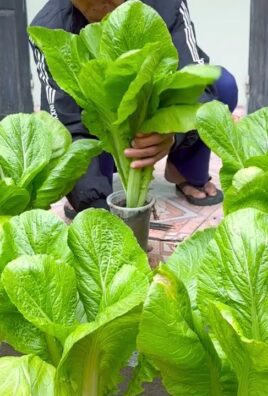
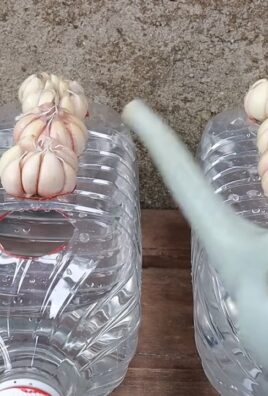
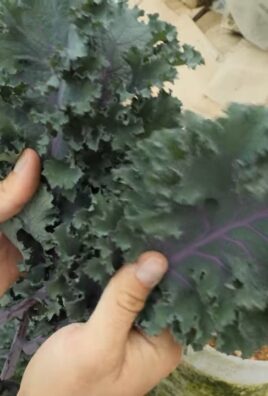
Leave a Comment